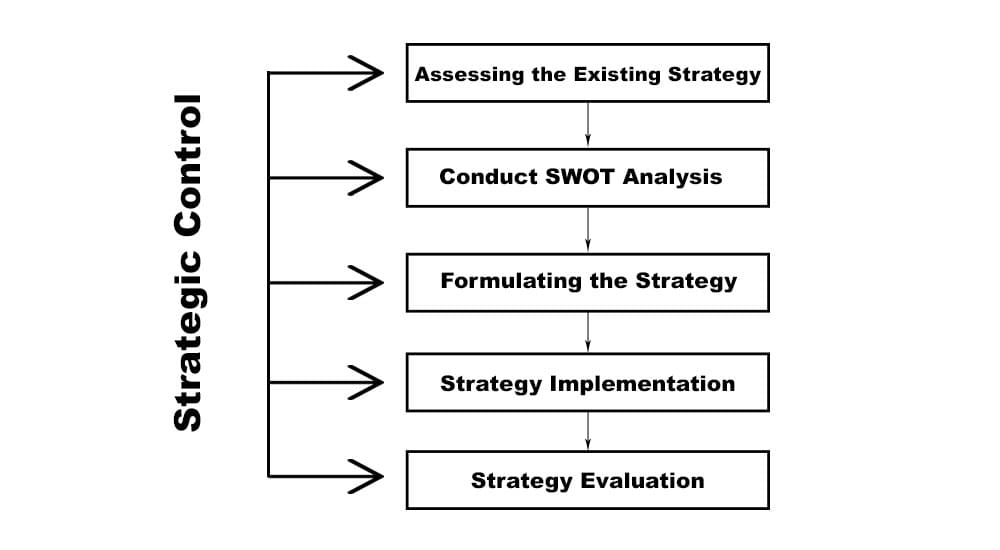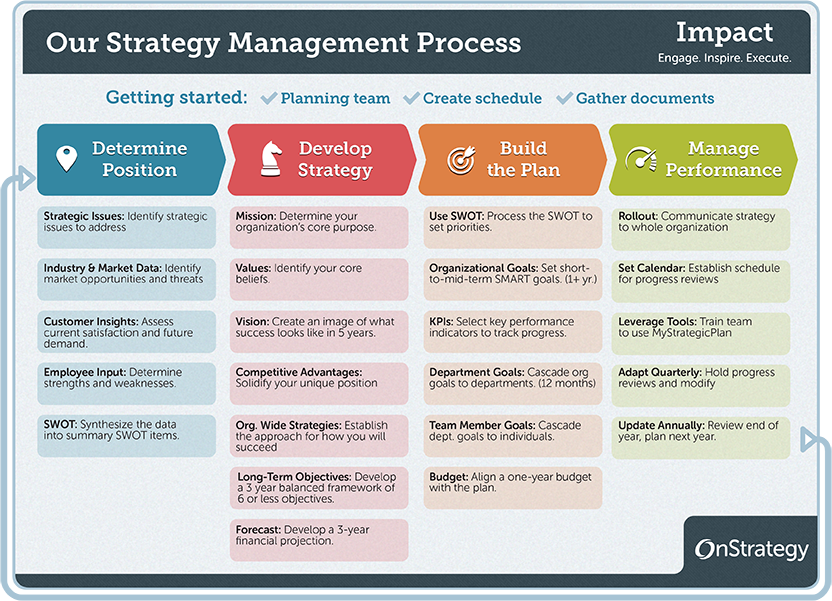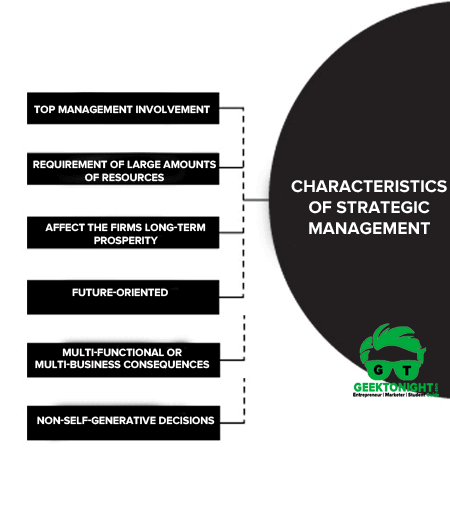The Four Key Attributes Of Strategic Management Do Not Include
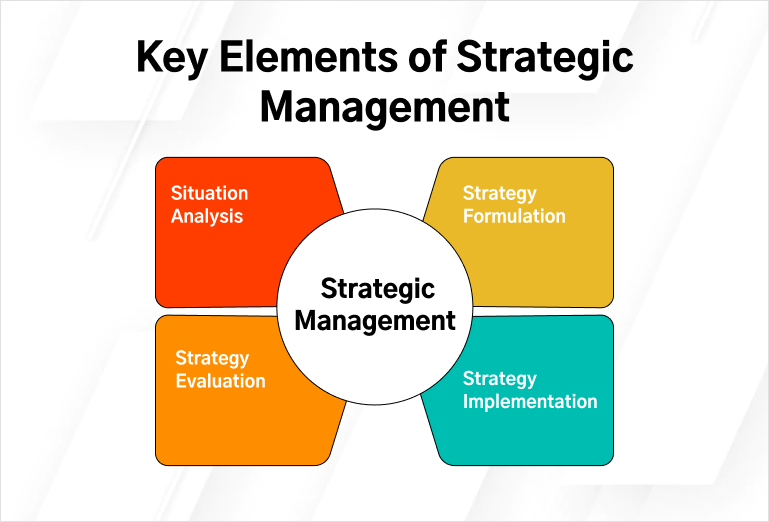
Imagine a bustling boardroom. Sunlight streams through the large windows, illuminating the faces of seasoned executives. They're locked in a lively discussion, charts and graphs strewn across the mahogany table. The air crackles with anticipation as they debate the finer points of their strategic plan.
But amidst the strategic jargon and complex models, a crucial question remains: What isn't a key attribute of strategic management? What elements, often mistakenly included, can actually hinder rather than help?
While adaptability, long-term vision, stakeholder engagement, and resource allocation are undeniably vital, it's equally important to understand what strategic management doesn't encompass.
The Core Four: Cornerstones of Strategic Success
Before delving into the exclusions, let's briefly revisit the established pillars of strategic management. These are the attributes generally accepted as critical for successful strategy formulation and execution. They provide the framework for effective organizational performance.
Adaptability: This is the ability to respond effectively to changes in the external environment. A flexible approach allows organizations to seize opportunities and mitigate threats. It’s about being proactive, not reactive.
Long-Term Vision: Strategic management demands a clear understanding of the desired future state. It involves setting ambitious yet achievable goals that extend beyond immediate profits. It provides direction and purpose for the entire organization.
Stakeholder Engagement: Successful strategies consider the needs and expectations of all stakeholders. Employees, customers, investors, and the community all play a role. This approach fosters buy-in and collaboration.
Resource Allocation: This involves the effective distribution of resources to support strategic priorities. It means aligning financial, human, and technological resources with the chosen direction. It ensures that the organization is putting its money where its mouth is.
What Strategic Management Isn't: Debunking the Myths
Now, let's address the common misconceptions. What frequently gets lumped into strategic management but doesn't truly belong? These are the elements that can distract from the core principles and lead to ineffective outcomes.
1. Micromanagement: The Enemy of Strategic Thinking
Strategic management is about setting direction, not dictating every detail. Micromanagement, the practice of excessively controlling and overseeing individual tasks, undermines strategic goals. It stifles innovation and demotivates employees.
Instead of focusing on the big picture, micromanagers get bogged down in the minutiae. They create bottlenecks and prevent their teams from reaching their full potential. It's a recipe for inefficiency and frustration.
Consider the research by Harvard Business Review, which consistently highlights the negative impact of micromanagement on employee engagement and productivity. It creates a climate of fear and distrust.
"Micromanagement sends the message that you don't trust your employees to do their jobs." - Harvard Business Review
Effective strategic leaders empower their teams to make decisions and take ownership. They provide guidance and support, but they don't interfere with the day-to-day operations. They trust their employees to execute the strategy.
2. Static Planning: A Strategy for Failure
Strategic management is not a one-time event. It's an ongoing process of adaptation and refinement. Static planning, the creation of a rigid plan that is never revisited, is a dangerous approach in today's dynamic environment.
The business landscape is constantly evolving. New technologies, changing customer preferences, and unexpected events can all disrupt even the best-laid plans. A static plan quickly becomes obsolete.
Companies need to embrace a more agile approach to strategic management. This involves regularly monitoring the environment, assessing progress, and making adjustments as needed. It's about continuous improvement and learning.
According to a study by McKinsey, companies that regularly update their strategic plans are more likely to outperform their competitors. This adaptability is key to long-term success.
3. Ignoring Operational Realities: Strategy in a Vacuum
Strategic management cannot exist in a vacuum. It must be grounded in operational realities. Ignoring the day-to-day challenges and constraints of the organization is a recipe for failure.
A brilliant strategy is useless if it cannot be implemented effectively. Strategic leaders must understand the organization's capabilities, resources, and limitations. They must work with operational teams to ensure that the strategy is feasible.
For example, a company might develop a strategy to enter a new market. However, if it lacks the necessary infrastructure or expertise, the strategy is unlikely to succeed. Strategic and operational alignment is crucial.
Forbes highlights that the most successful strategies are those that are developed in close collaboration with operational teams. This ensures that the strategy is both ambitious and realistic.
4. Blindly Following Trends: The Danger of Groupthink
Strategic management should be based on sound analysis and independent thinking. Blindly following trends without considering their relevance to the organization is a mistake. It often leads to poor decisions and wasted resources.
Just because everyone else is doing something doesn't mean it's the right thing for your organization. Strategic leaders must critically evaluate trends and determine whether they align with the company's goals and values.
Groupthink, the tendency for groups to suppress dissenting opinions, can also lead to poor strategic decisions. It's important to encourage open debate and diverse perspectives to avoid this trap.
Research by the Strategic Management Society emphasizes the importance of critical thinking and independent analysis in strategic decision-making. This is crucial for avoiding common pitfalls and achieving sustainable success.
The Path to Effective Strategic Management
In conclusion, effective strategic management hinges on understanding not only what to include but also what to exclude. Avoiding micromanagement, static planning, ignoring operational realities, and blindly following trends are crucial for success.
By focusing on adaptability, long-term vision, stakeholder engagement, and resource allocation, organizations can create strategies that are both ambitious and achievable. By steering clear of the pitfalls described above, they pave the way for sustained growth and success.
Ultimately, strategic management is a journey, not a destination. It requires constant learning, adaptation, and a willingness to challenge conventional wisdom. Embracing this mindset is the key to unlocking long-term value and creating a brighter future.



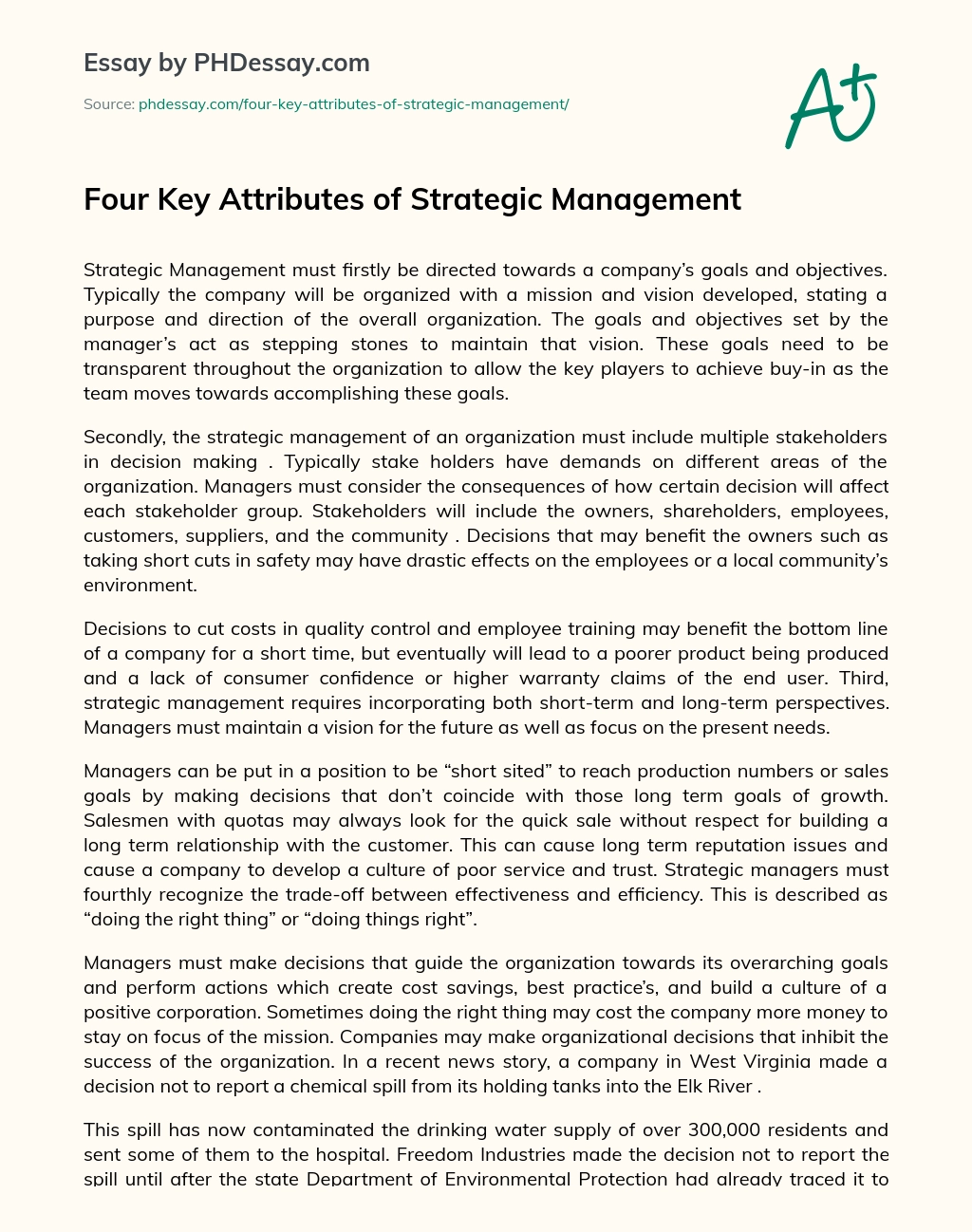
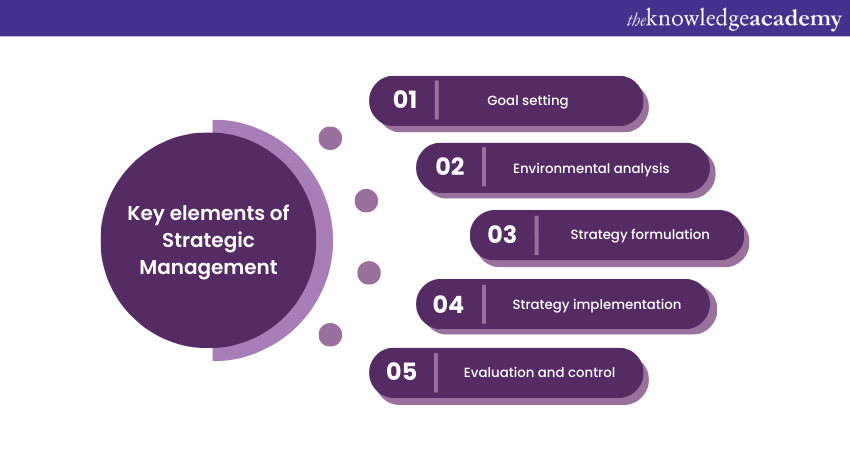
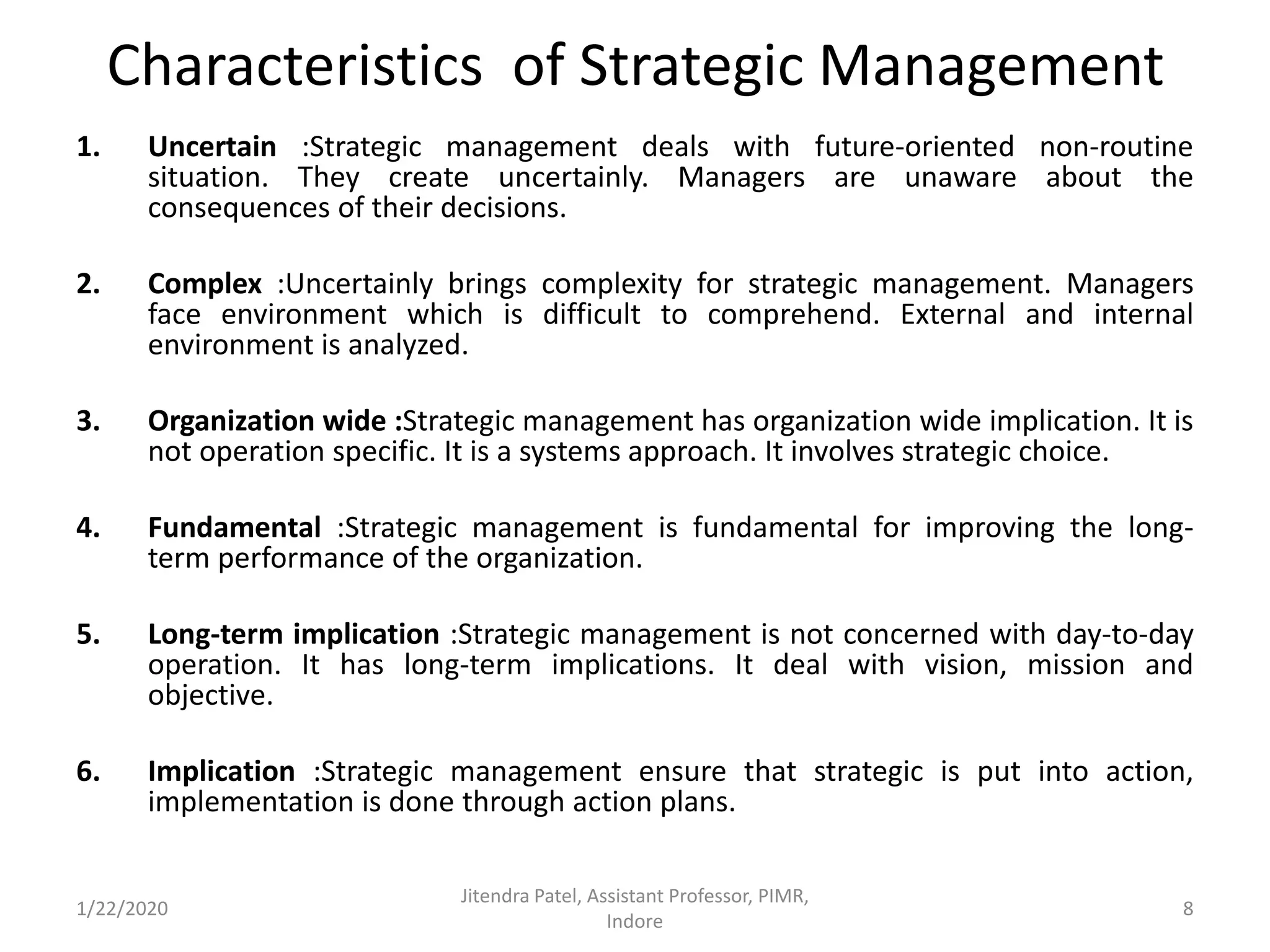

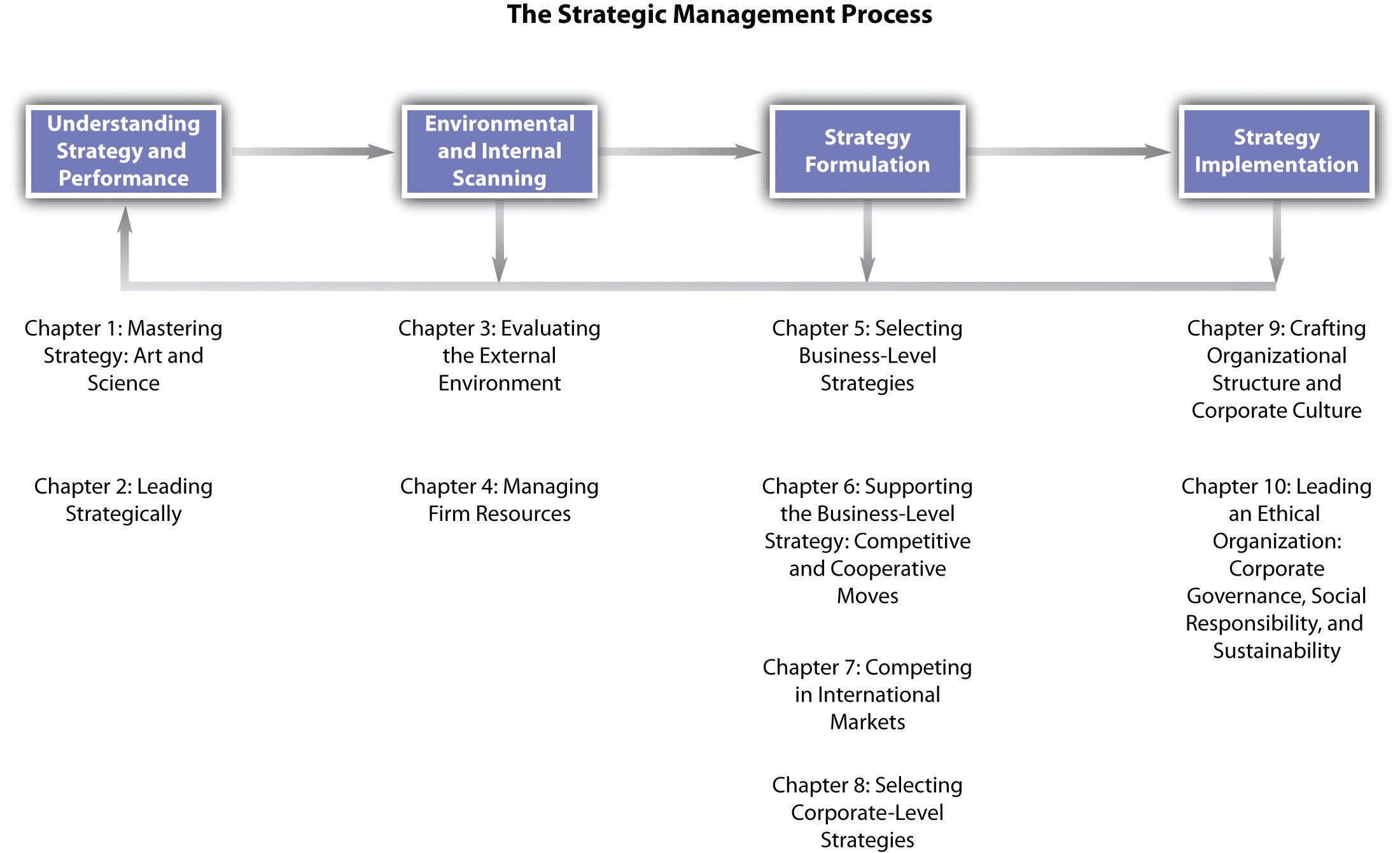





.png)
